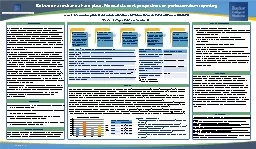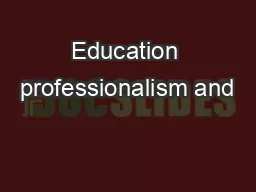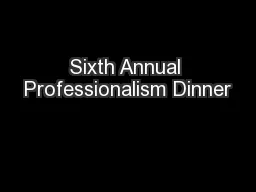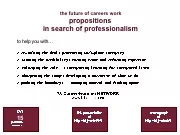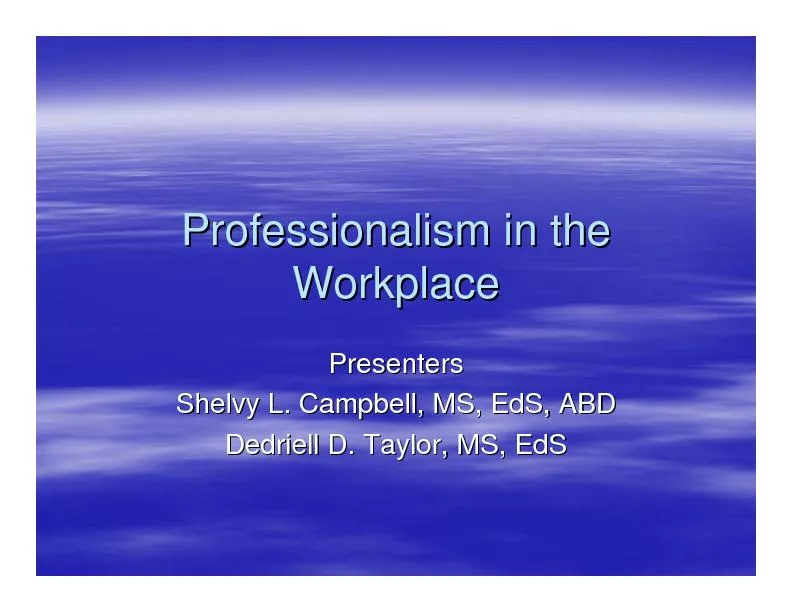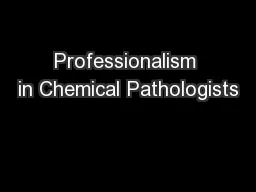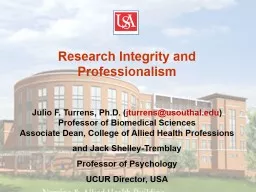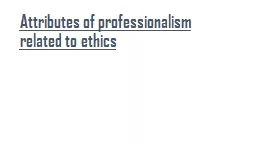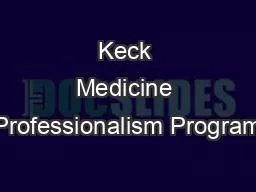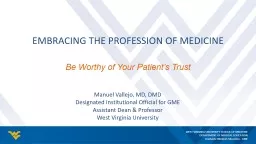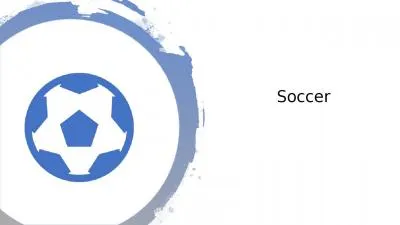PPT-Professionalism in medicine is taught
Author : criticanime | Published Date : 2020-06-23
in the classroom to medical students during their preclinical years in an attempt to create and maintain a professional and ethical society of physicians However
Presentation Embed Code
Download Presentation
Download Presentation The PPT/PDF document "Professionalism in medicine is taught" is the property of its rightful owner. Permission is granted to download and print the materials on this website for personal, non-commercial use only, and to display it on your personal computer provided you do not modify the materials and that you retain all copyright notices contained in the materials. By downloading content from our website, you accept the terms of this agreement.
Professionalism in medicine is taught: Transcript
Download Rules Of Document
"Professionalism in medicine is taught"The content belongs to its owner. You may download and print it for personal use, without modification, and keep all copyright notices. By downloading, you agree to these terms.
Related Documents

